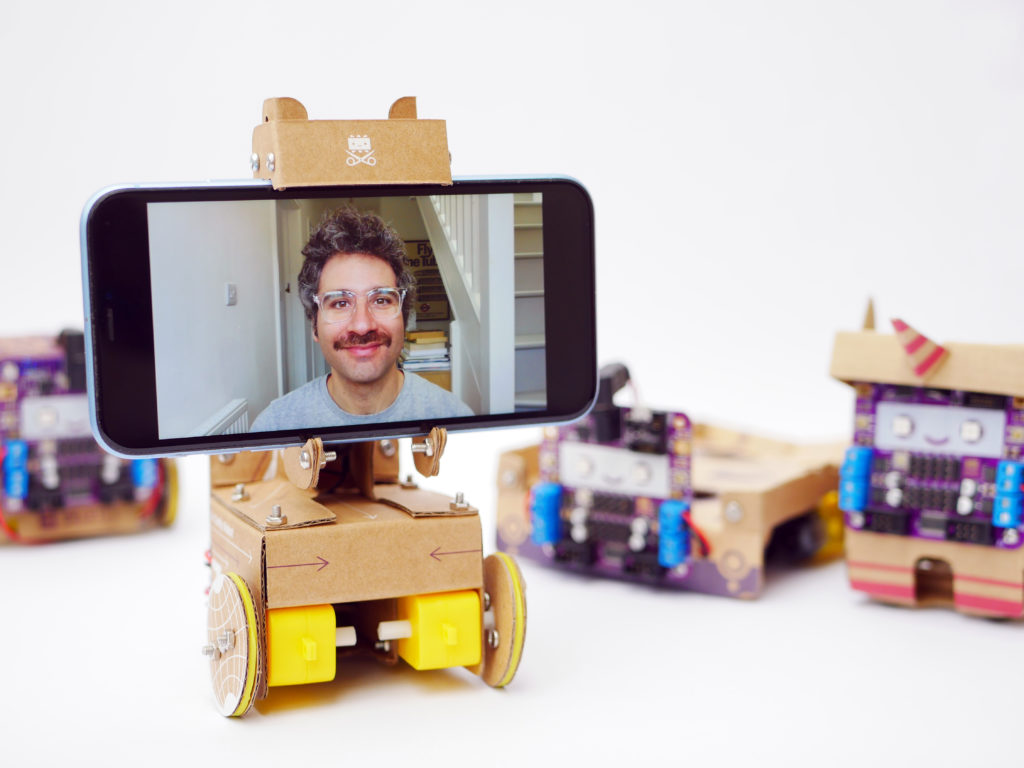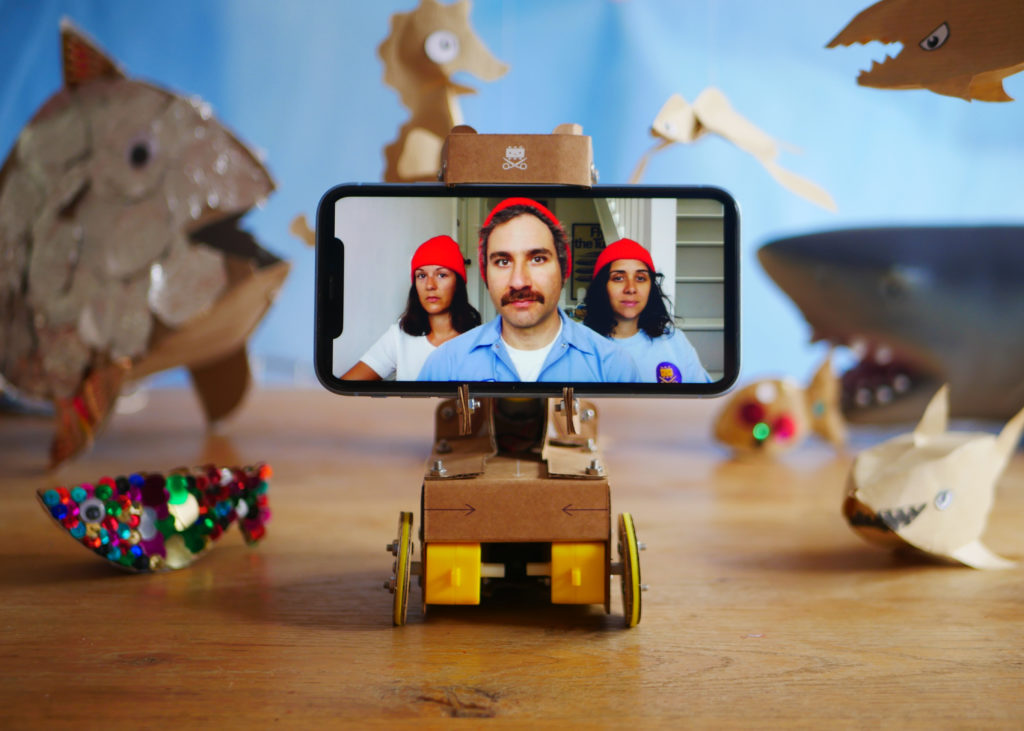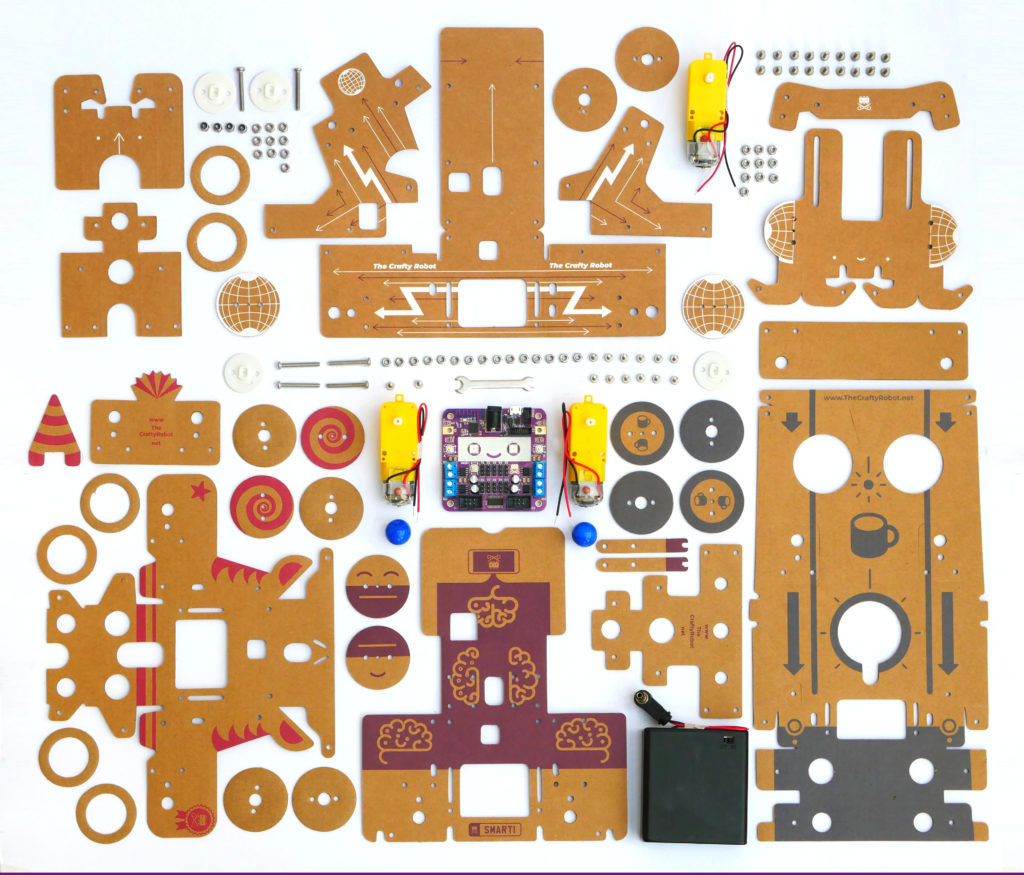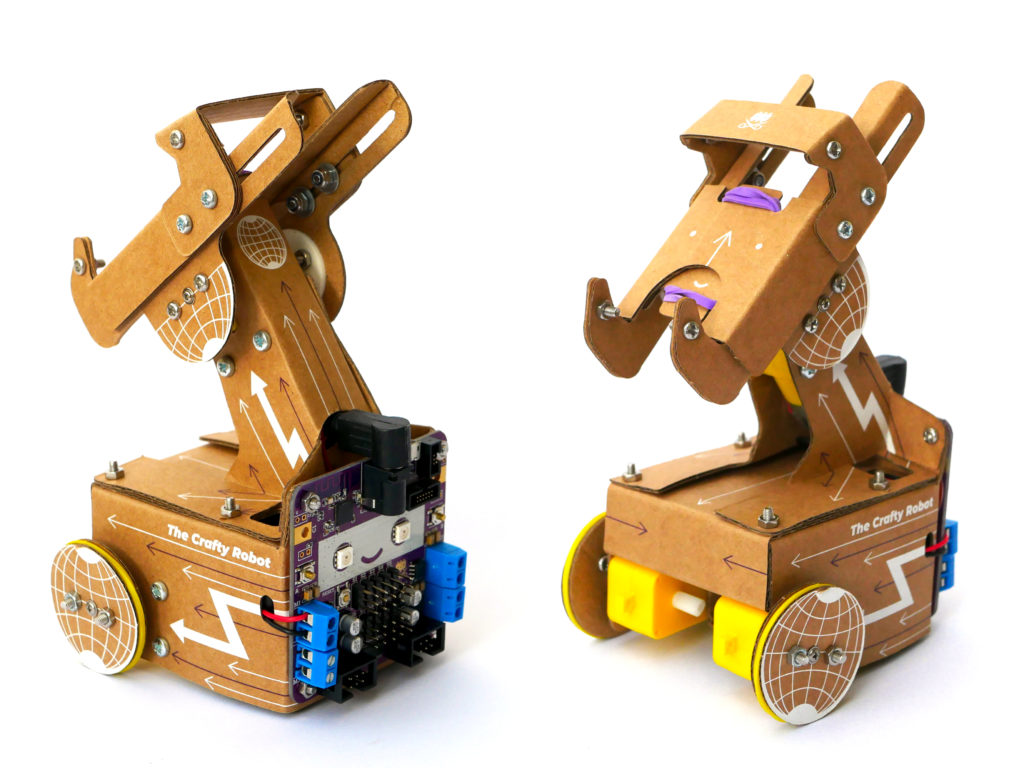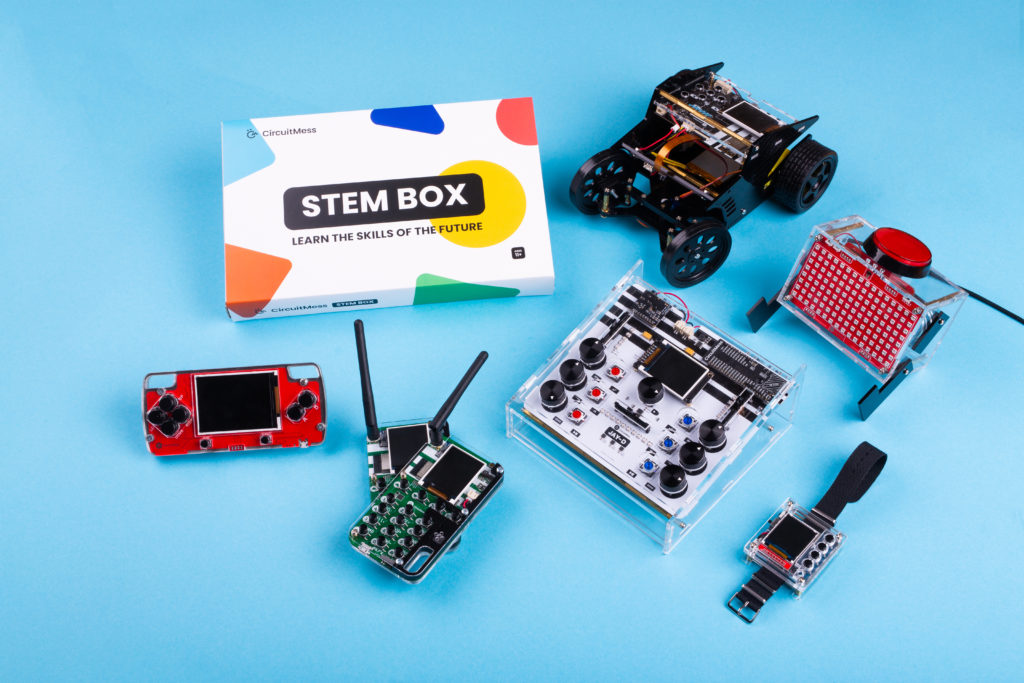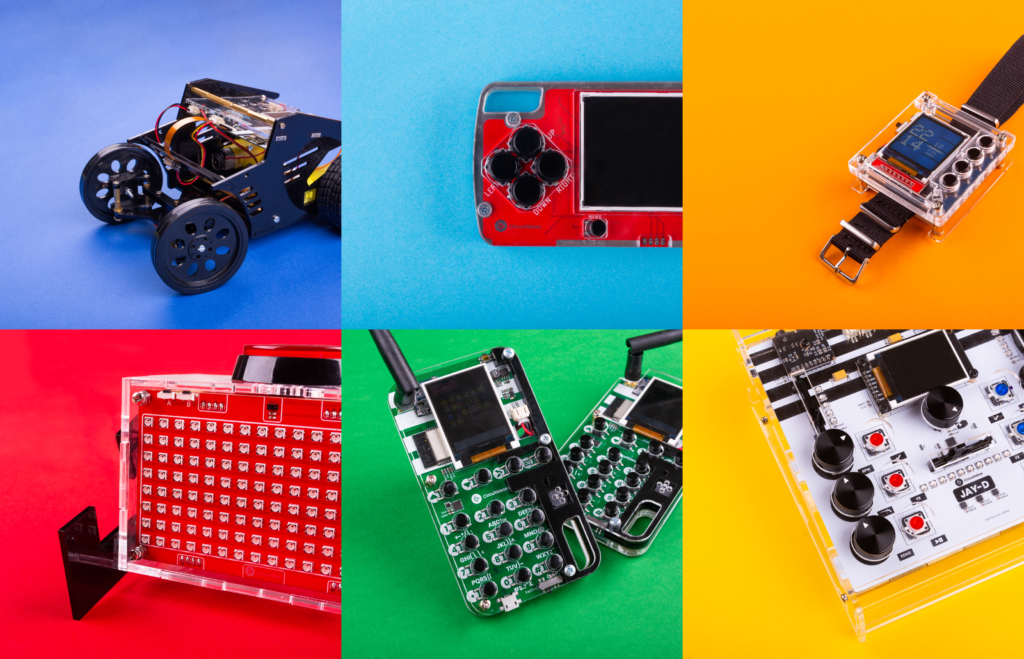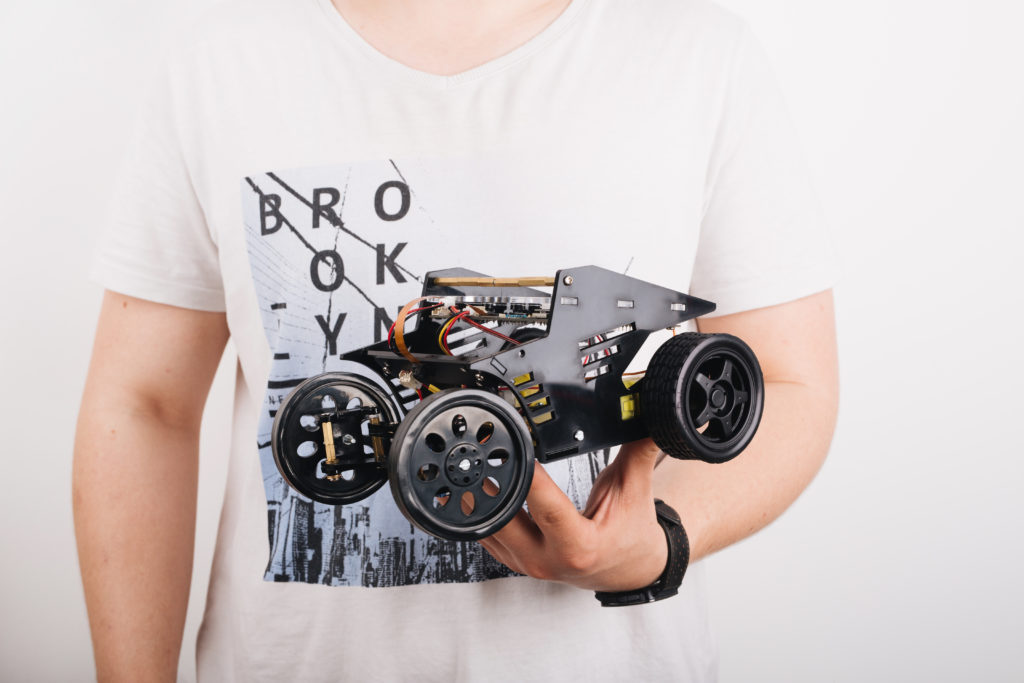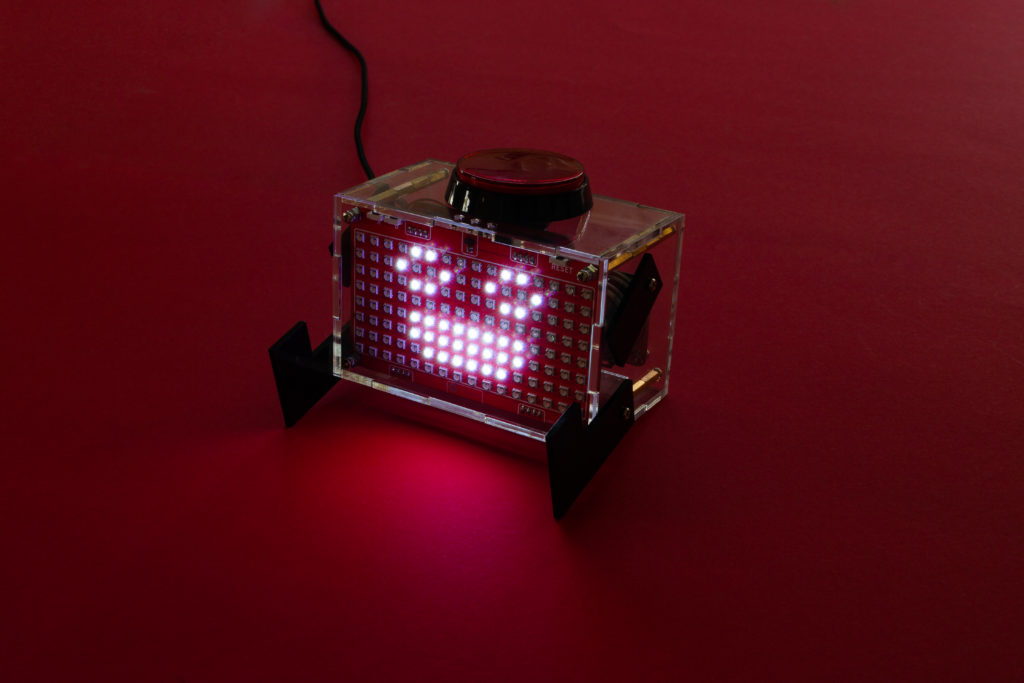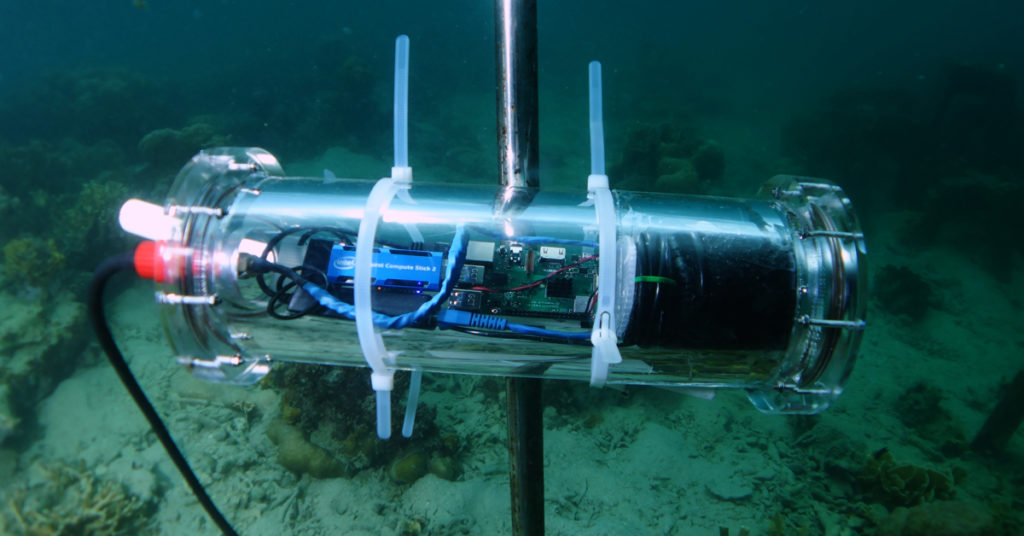Sphero, the industry leader in edtech programmable robots and STEAM-based educational tools, announced today that registration for the Sphero Global Challenge, its first robotics, invention and design competition for kids around the world, is now open.
Robotics competitions are a unique opportunity for kids, and are designed not only to focus on the technical proficiencies gained through programming and coding but also to build on the important ‘soft skills’ kids gain through STEAM.
BOULDER, COLO. (PRWEB) AUGUST 25, 2020
Sphero, the industry leader in edtech programmable robots and STEAM-based educational tools, announced today that registration for the Sphero Global Challenge, its first robotics, invention and design competition for kids around the world, is now open.
The Sphero Global Challenge is the ultimate STEAM competition and an opportunity for kids to go deeper with computational thinking, engineering, and programming skills. Teams of all abilities are encouraged to work together to identify problems and develop solutions in different, real-world scenarios. Through this challenge, kids will work to accomplish their goals in various events that they will submit virtually to qualify for the Sphero World Championship in Spring 2021.

“We’re excited to offer a robotics, invention and design competition that highlights Sphero’s dedication to collaborative STEAM learning from anywhere in the world,” says Paul Copioli, Sphero CEO. “Robotics competitions are a unique opportunity for kids, and are designed not only to focus on the technical proficiencies gained through programming and coding but also to build on the important ‘soft skills’ kids gain through STEAM, such as collaboration, communication, creativity, and critical thinking.”
TAKE FLIGHT WITH THREE UNIQUE STEAM EVENTS
The Sphero Global Challenge comprises three unique events. Teams can compete in one event or up to all three with one $75 USD registration fee.
littleBits Invent 4 Good: Mission Earth
Use littleBits and their Invention Cycle to solve problems facing the Earth right now. Kids will unleash their inner engineer as they invent a solution to an issue of their choice. In this event, kids can practice collaborating and innovating as they tackle a real-world problem.
BOLT: Space Mission
Take flight in the BOLT Space Mission. During this event, kids can put their programming and engineering skills to work as they navigate through five challenges. Not only is this an opportunity to build STEAM skills, but it’s also a chance for them to collaborate, solve problems, and create.
RVR + littleBits: Mars Mission
In RVR + littleBits Mars Mission, kids can use their coding and engineering skills to complete five challenges. Throughout this event, they’ll have opportunities to build their collaboration, problem-solving, and critical thinking skills as they work to reach solutions.
GEAR UP FOR THE CHALLENGE
In conjunction with the Sphero Global Challenge launch, new competition-ready Sphero and littleBits products are now available to make getting started in the competition even simpler.
New: littleBits STEAM+ Class Pack
The littleBits STEAM+ Class Pack is the ultimate STEAM learning toolkit, containing 240 Bits, 10 newly designed durable storage containers, printed teacher support materials and 40+ standards-aligned lessons to engage the entire class.
New: littleBits STEAM+ Kit
The littleBits STEAM+ Kit contains 24 Bits, a newly designed durable storage container, printed teacher support materials, and 40+ hours of standards-aligned lessons to engage up to four students at a time.
New: Sphero Code Mat – Space & Soccer
This two-sided activity mat, with new Space & Soccer themes, offers a simple, accessible way to learn block-based coding, basic math principles, and collaborative problem-solving with any round Sphero robot. The new Code Mat comes with three sets of 10 double-sided coding cards that provide guided, hands-on coding lessons.
New: Sphero RVR littleBits Topper Kit
Sphero RVR + littleBits Topper Kit combines the best of Sphero with the best of littleBits in an easy, approachable kit that allows a user to fully utilize RVR’s onboard capabilities with littleBits adaptability to create unique inventions.
New: Sphero Craft Pack
A one-stop-shop for all the crafting accessories needed for Sphero Global Challenge projects. With over 31 different items and hundreds of materials, the Craft Pack was designed with both Sphero robots and littleBits in mind.
TAKE THE CHALLENGE HOME
The Sphero Global Challenge is committed to inspiring the creators of tomorrow, wherever that might be, even in blended, remote, or at-home learning scenarios. Learn more about resources and opportunities for solo teams or virtual meetings to complete the Sphero Global Challenge during the COVID-19 pandemic in our Sphero Global Challenge at-home guide.
To learn more about the Sphero Global Challenge and how to register a team, please visit https://sphero.com/pages/global-challenge.
ABOUT SPHERO:
Sphero inspires the creators of tomorrow through remarkably cool, programmable robots, electronic building blocks, and educational tools that transform the way kids learn and create through coding, science, music, and the arts. Sphero goes #BeyondCode and drives kids to turn their imagination into reality. The skills kids unlock through play-based learning prepare them to thrive, no matter what subject or career they pursue. Based in Boulder, CO, Sphero has become the #1 STEAM-based learning solutions company, loved by millions of parents, kids, and educators worldwide. Learn more at sphero.com.


